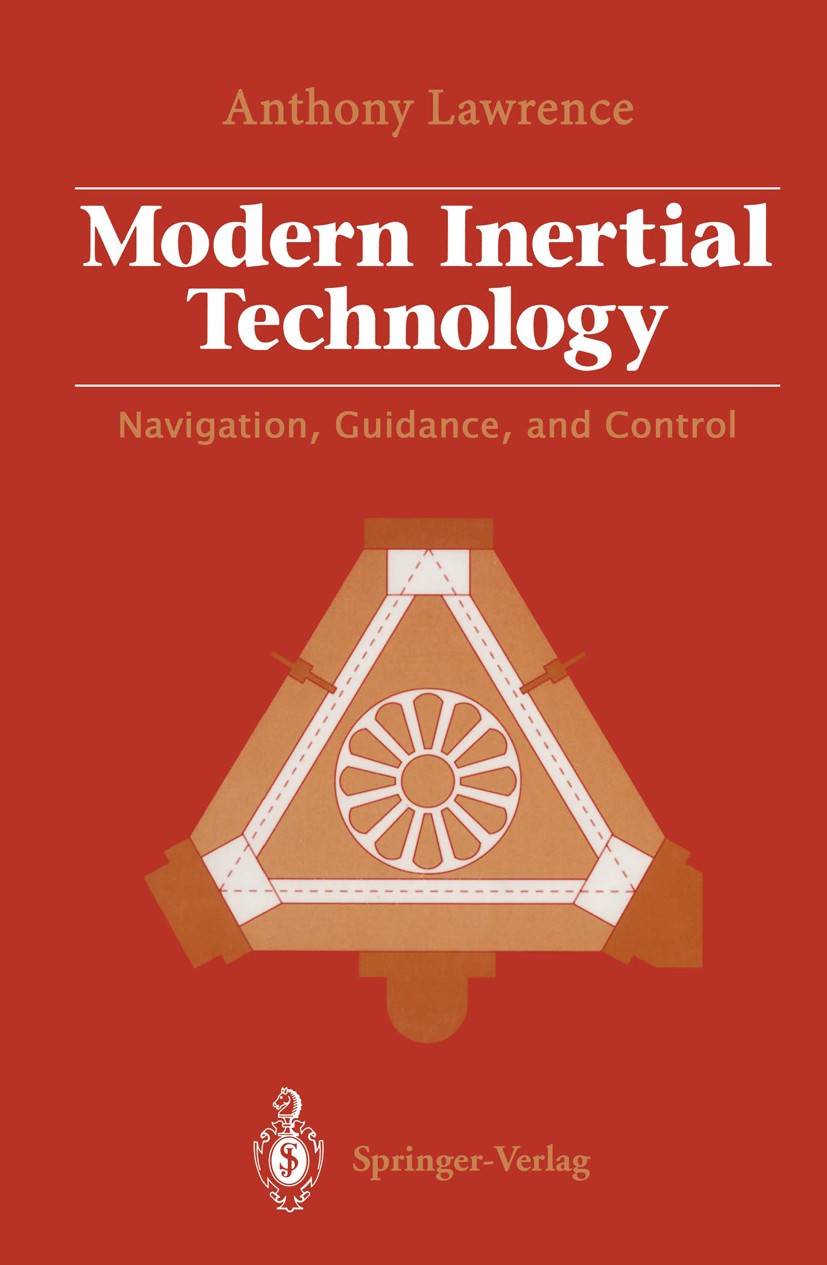| 书目名称 | Modern Inertial Technology | | 副标题 | Navigation, Guidance | | 编辑 | Anthony Lawrence | | 视频video | http://file.papertrans.cn/638/637184/637184.mp4 | | 图书封面 |  | | 描述 | Automatic navigation makes ocean-going and flying safer and less expensive: Safer because machines are tireless and always vigilant; inexpensive because it does not use human navigators who are, unavoidably, highly trained and thus expensive people. What is more, unmanned deep space travel would be impossible without automatic navigation. Navigation can be automated with the radio systems Loran, Omega, and the Global Positioning System (GPS) of earth satellites, but its most versatile form is completely self-contained and is called inertial navigation. It uses gyroscopes and accelerometers (inertial sensors) to measure the state of motion of the vehicle by noting changes in that state caused by accelerations. By knowing the vehicle‘s starting position and noting the changes in its direction and speed, one can keep track of the vehicle‘s present position. Mankind first used this technology in World War n, in guided weapons where cost was unimportant; only 20-30 years later did it become cheap enough to be used commercially. The electronics revolution, in which vacuum tubes were replaced by integrated circuits, has dramatically altered the field of inertial navigation. Early inertial | | 出版日期 | Book 19931st edition | | 关键词 | accelerometer; electronics; navigation; platform; sensor; sensors | | 版次 | 1 | | doi | https://doi.org/10.1007/978-1-4684-0444-9 | | isbn_ebook | 978-1-4684-0444-9 | | copyright | Springer-Verlag New York, Inc. 1993 |
The information of publication is updating

|
|
 |Archiver|手机版|小黑屋|
派博传思国际
( 京公网安备110108008328)
GMT+8, 2025-11-17 18:49
|Archiver|手机版|小黑屋|
派博传思国际
( 京公网安备110108008328)
GMT+8, 2025-11-17 18:49


